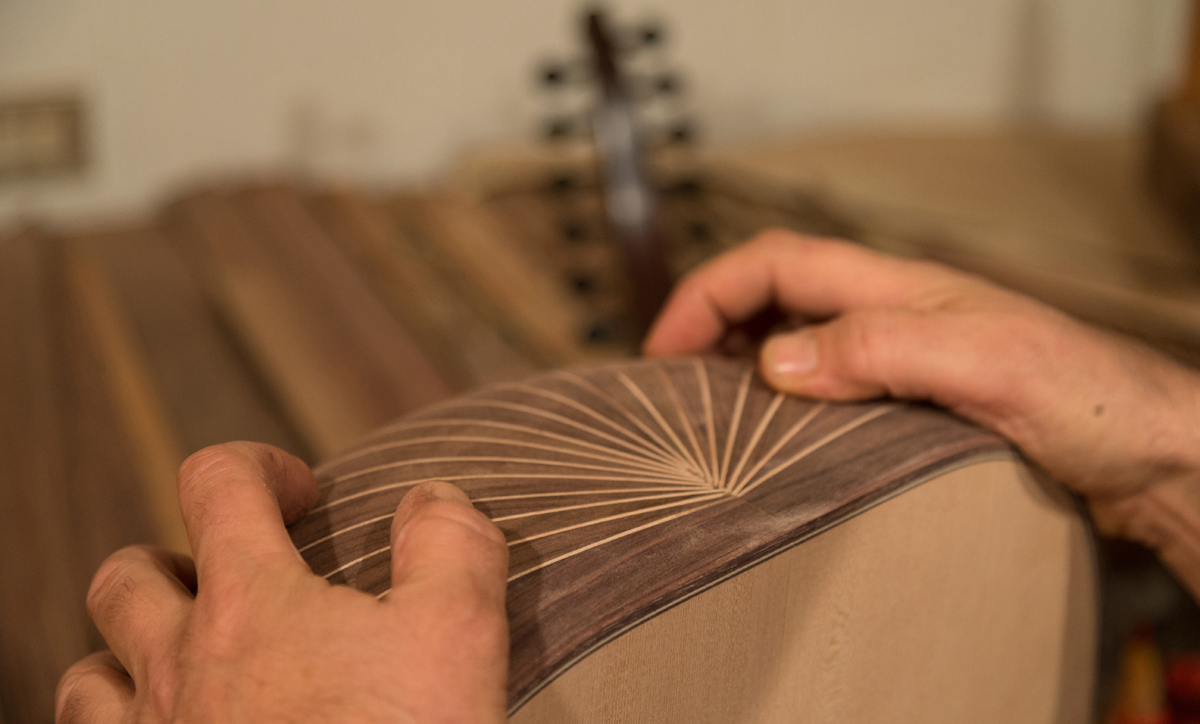Music has always played an integral role in Lebanese culture and the oud is one of the nation’s most beloved instruments, as we discover with celebrated oud maker Fadi Matta.
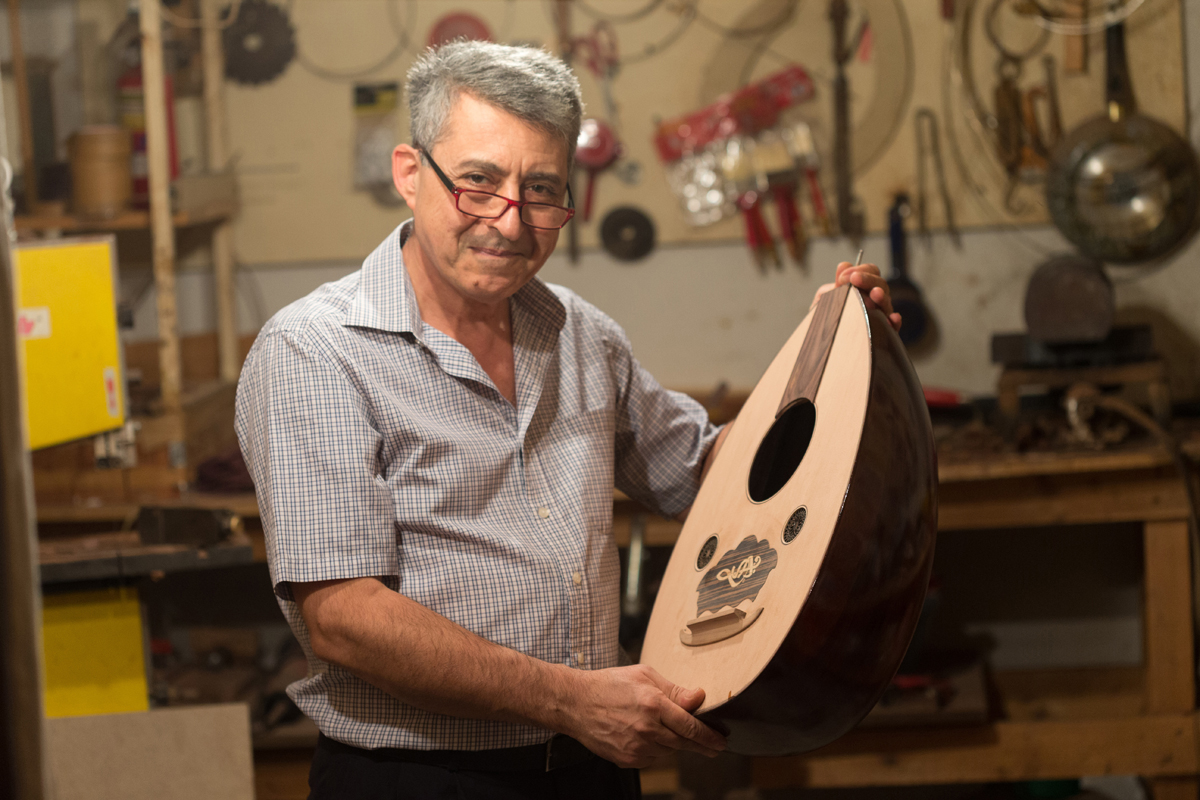
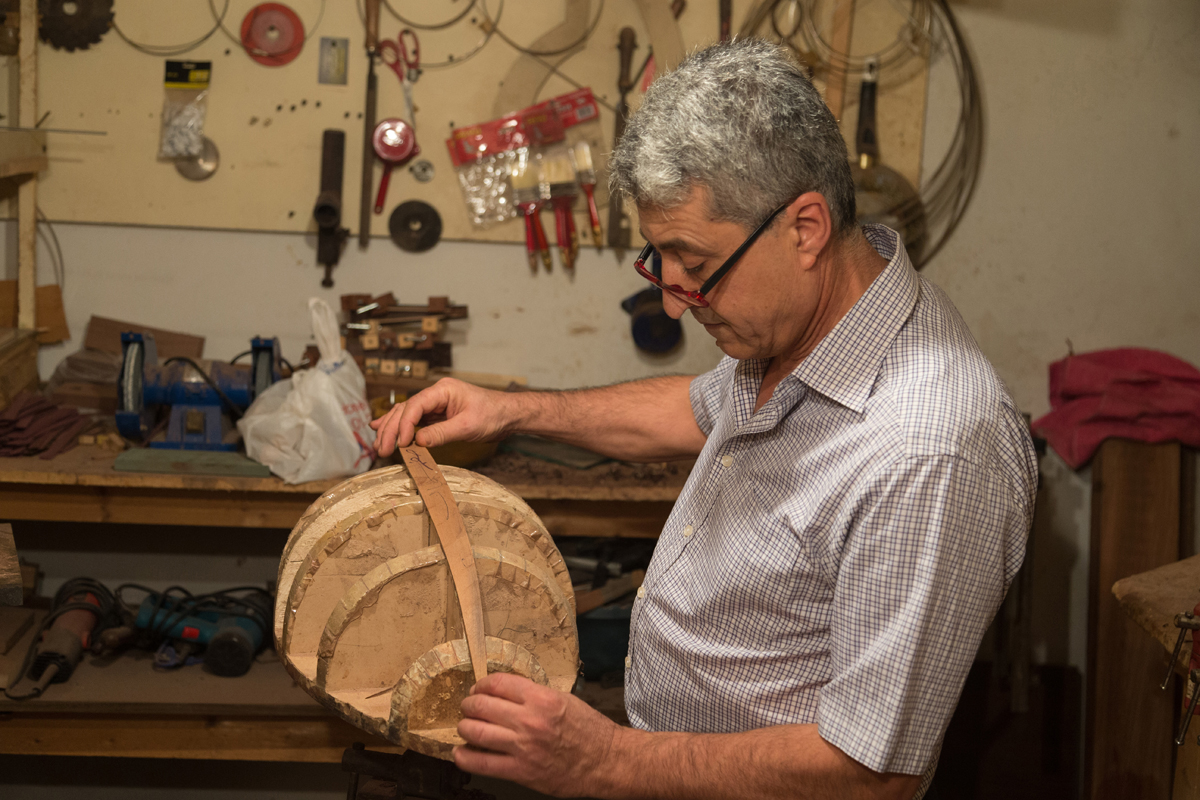
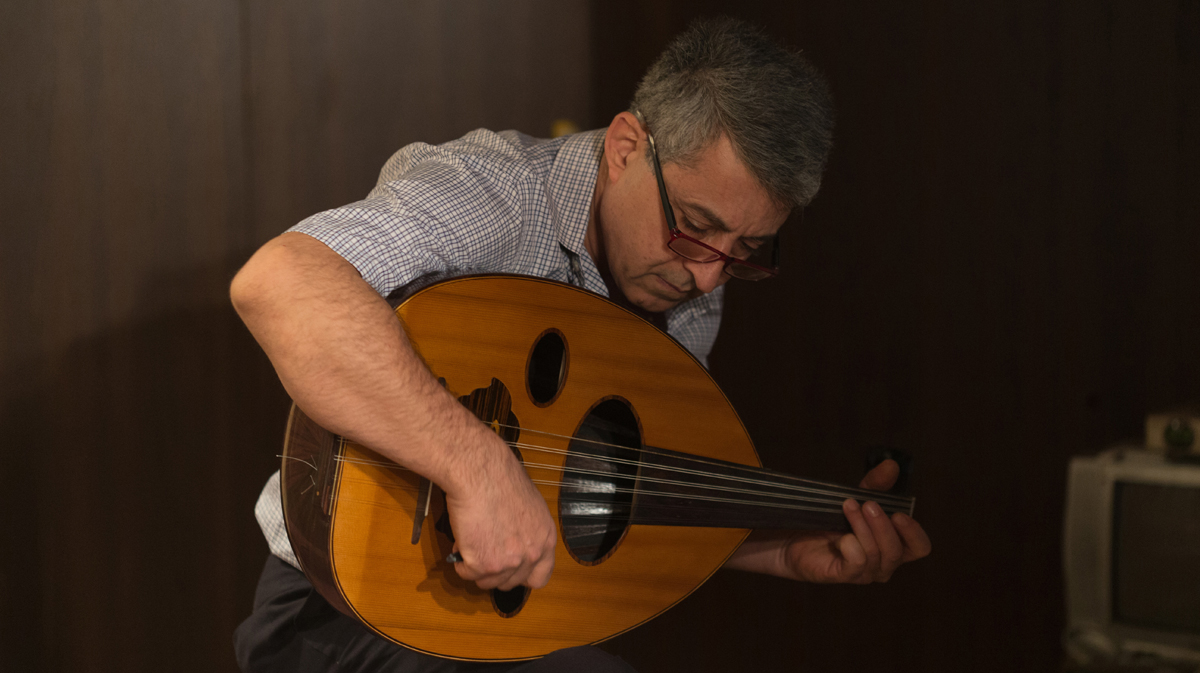
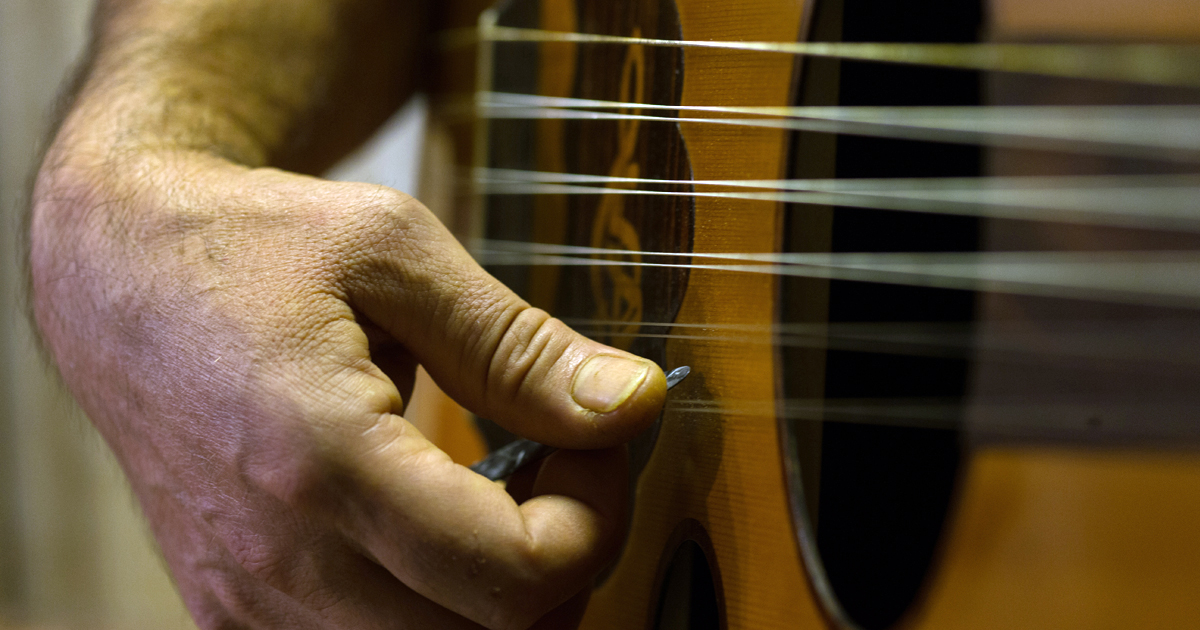
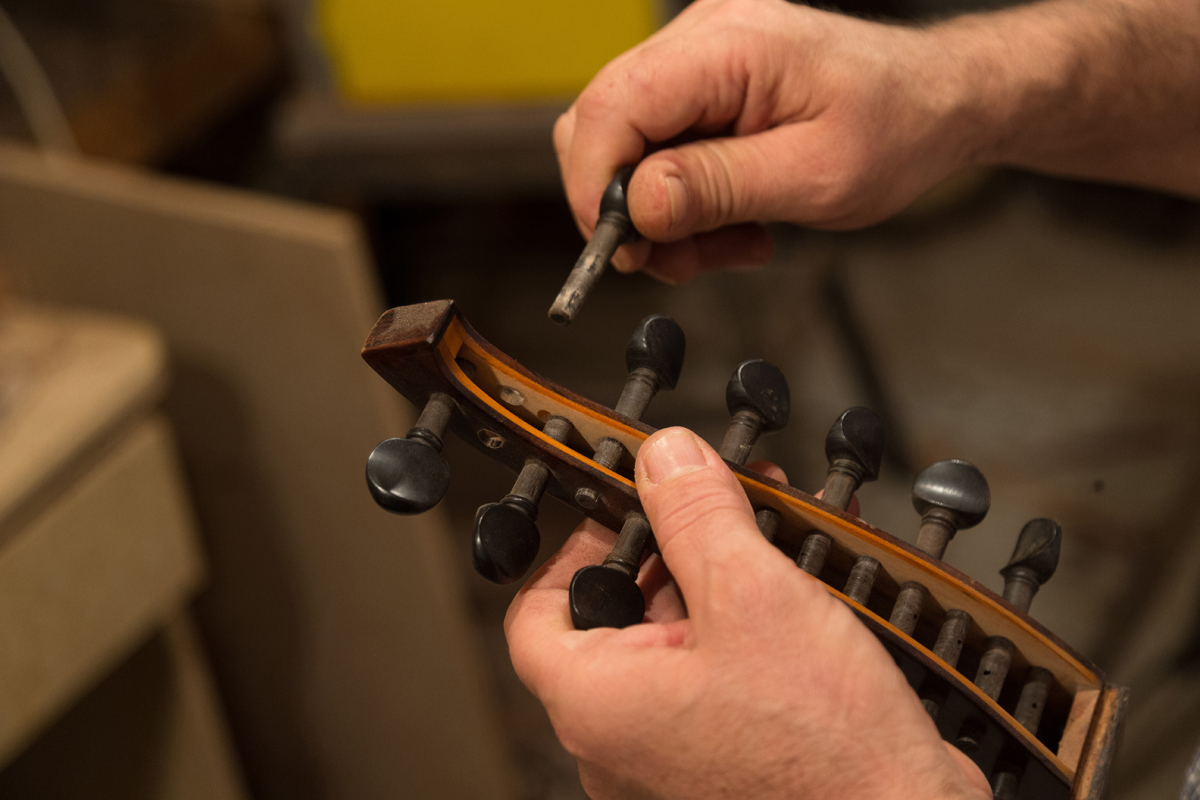
Matta notes that although the profession is no longer as profitable as it used to be, he remains committed to his work. “What keeps me going is the hope that someday I will make my own mark and, in turn, help usher a tradition reflective of our rich history, art and culture into the future.”
Loading

